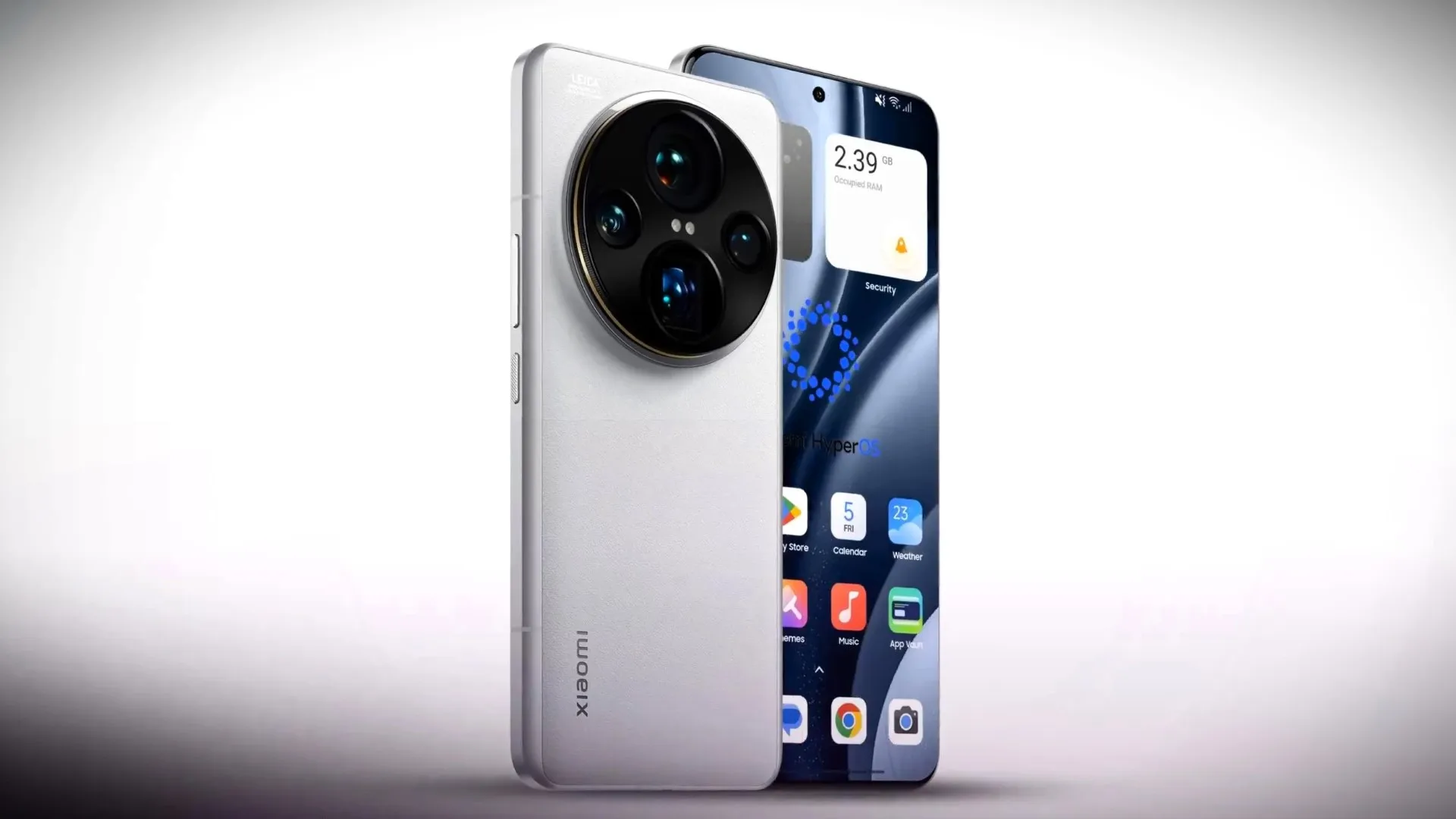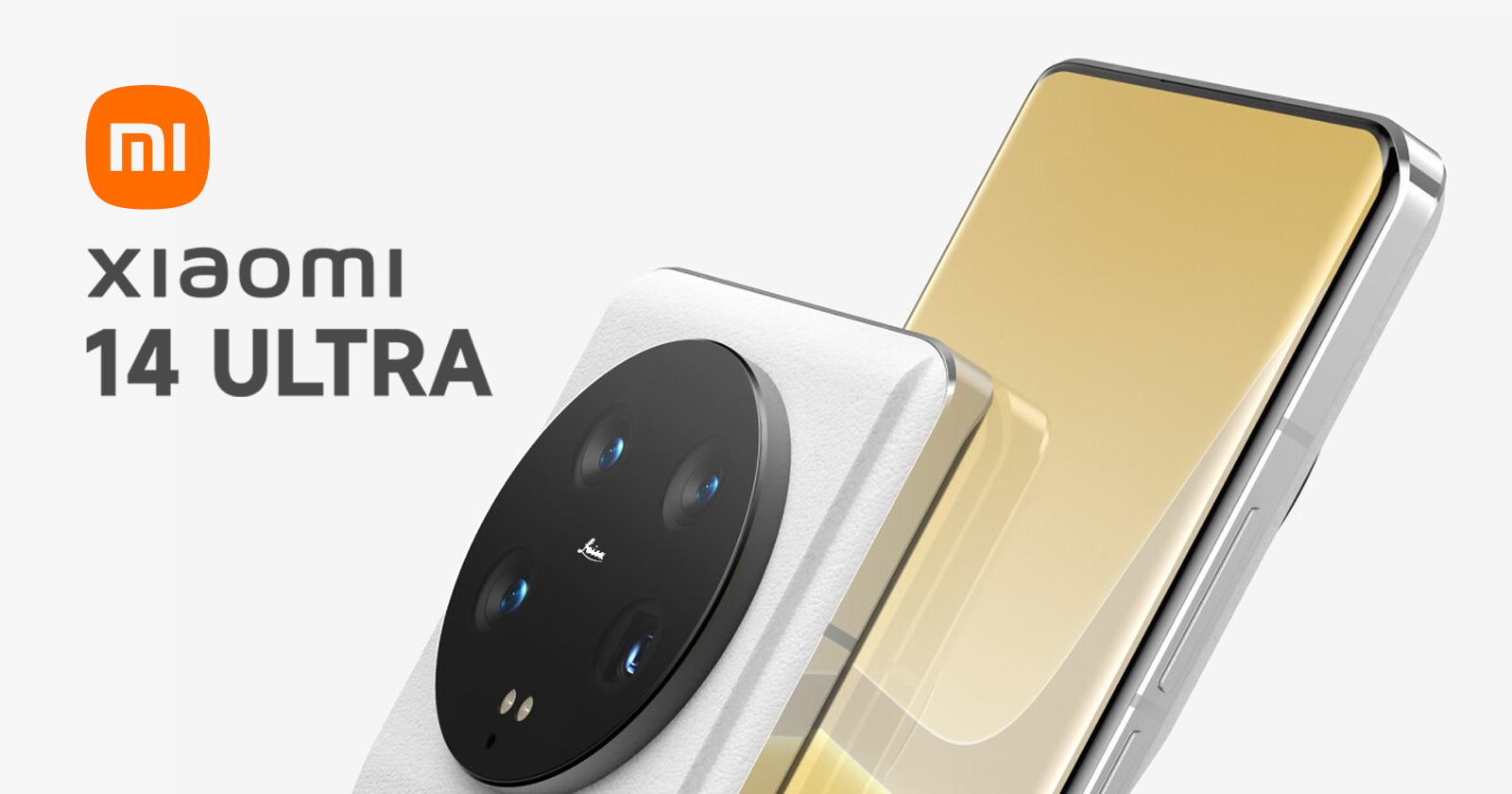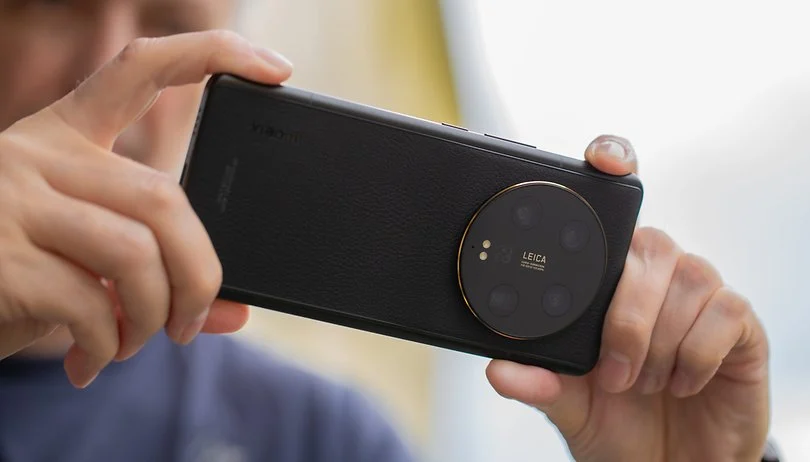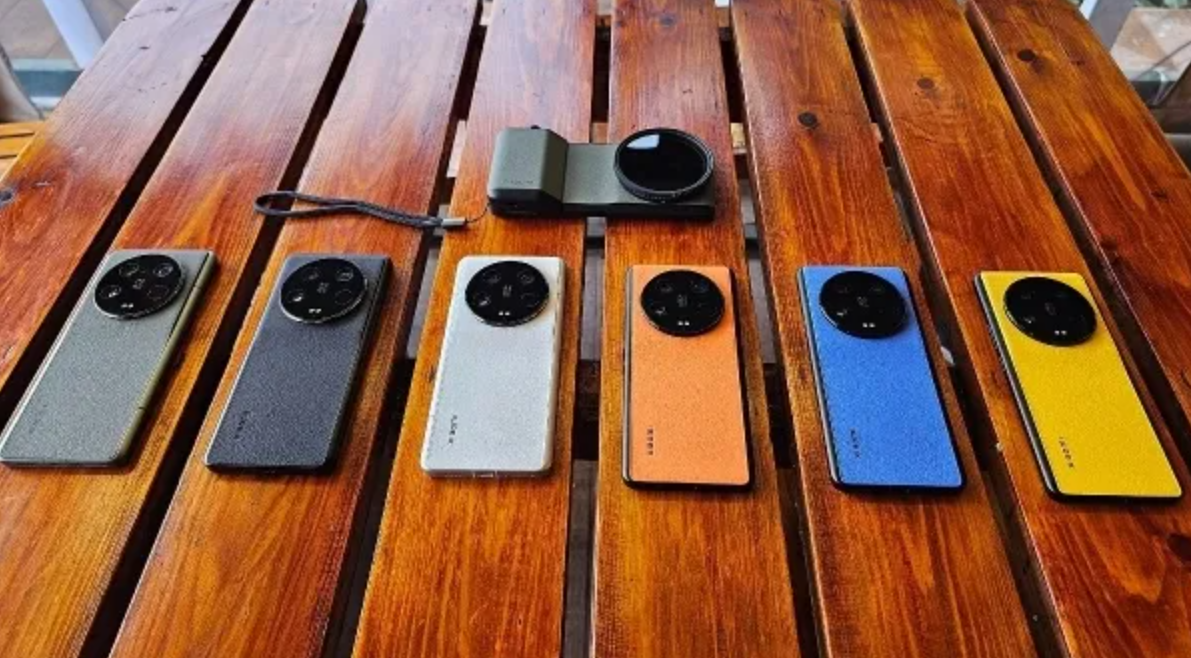The blogger tested a transparent Xiaomi TV: very expensive, hard to see, and also broken pixels
Xiaomi last summer unveiled its first transparent TV, the Mi TV Lux OLED Transparent Edition, for an impressive $ 7,200. The novelty is now sold only in China, but this did not prevent the well-known blogger Linus Sebastian from the Linus Tech Tips channel from acquiring this curiosity, and of course, observing it.










